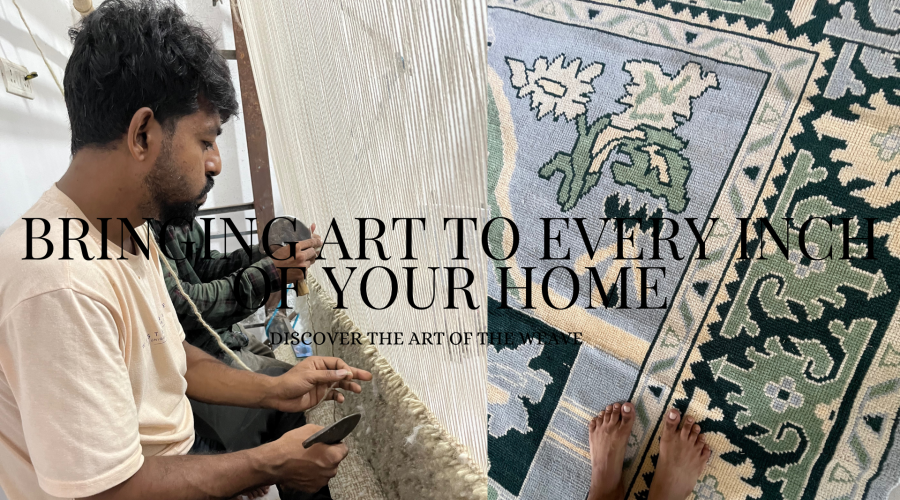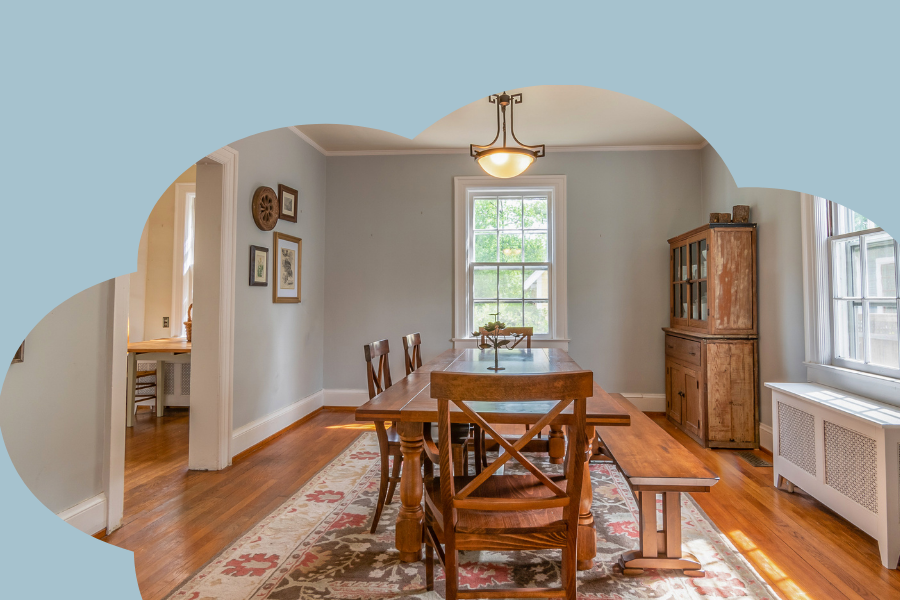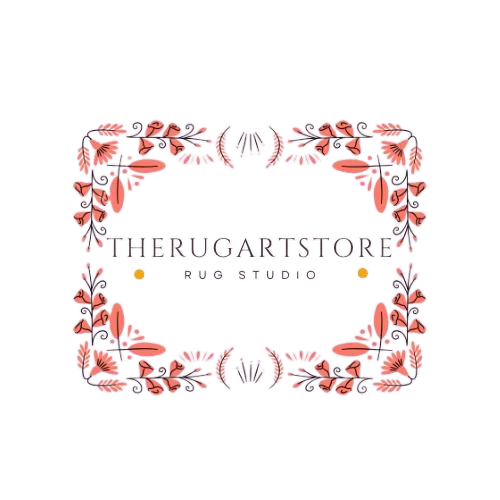Welcome to The Rug Art Store blog! We’re passionate about all things rugs—whether it’s adding the perfect touch to your home decor or discovering the artistry behind every rug we offer. Our store is more than just a place to shop; it’s a celebration of style, craftsmanship, and the beauty of texture in interior design.
Here, we’ll share insights, tips, trends, and inspiration to help you make the most out of your rug purchase, care for your treasures, and explore the rich cultural history woven into every fiber.
- In-Depth Articles: Explore topics ranging from the intricate process of rug making to styling tips for your home.
- Design Trends: Stay updated with the latest rug design trends, including insights into 2025's rug styles that blend art, creativity, and innovation.
- Craftsmanship Insights: Gain a behind-the-scenes look at the dedication and artistry involved in rug creation.
- Styling Tips: Learn how to incorporate rugs into various spaces, from living rooms to entryways, to enhance your home's aesthetic.
Join Our Community
We invite you to explore our blog and immerse yourself in the rich tapestry of rug artistry. Whether you’re a seasoned collector or new to the world of rugs, our content is designed to inform, inspire, and assist you in making informed decisions for your home decor.
Thank you for visiting TheRugArtStore blog. We look forward to sharing the beauty and stories of rugs with you.
Rugs & Carpets: A Journey Through Time
Welcome to TheRugArtStore blog, where we share exclusive stories and insights from the world of rug artistry. Here, we delve into the rich tapestry of rug design, craftsmanship, and the artisans behind these masterpieces.
The Journey of Rugs as Art
Rugs have transcended their utilitarian purpose to become celebrated works of art. Each piece tells a story, reflecting the culture, history, and creativity of its maker. From the intricate designs of Persian carpets to the vibrant patterns of Moroccan rugs, these textiles offer a window into diverse traditions and artistic expressions.
Spotlight on Artisans and Designers
The artistry behind rugs is often the result of collaboration between skilled artisans and visionary designers. For instance, textile designer Kyle Bunting has revolutionized the use of hide in rug design, creating bespoke pieces that blend traditional techniques with modern aesthetics.
Innovations in Rug Design
The rug industry continually evolves, embracing new materials and design philosophies. Collaborations between designers and rug manufacturers have led to collections that merge functionality with artistic expression. A notable example is the partnership between Ruggable and Architectural Digest, resulting in a collection inspired by 2025 interior design trends.
Rugs as Cultural Narratives
Beyond their aesthetic appeal, rugs serve as cultural narratives, encapsulating the stories and traditions of their regions. The craftsmanship and patterns often carry deep cultural significance, making each rug a unique artifact that tells a story of its origin.
Join Us in Celebrating Rug Artistry
At TheRugArtStore, we are dedicated to exploring and sharing the stories that make each rug a unique piece of art. We invite you to delve into our blog, where we celebrate the beauty, history, and craftsmanship of rugs from around the world.

- Material Selection: Choosing appropriate fibers such as wool, cotton, silk, or synthetic materials.
- Spinning and Dyeing: Spinning the fibers into yarns and dyeing them to achieve desired colors.
- Designing: Developing patterns and designs, often inspired by cultural motifs or contemporary trends.
- Weaving: Employing techniques like hand-knotting, hand-tufting, or machine weaving to create the rug's structure.
- Washing and Shearing: Cleaning the rug to remove impurities and shearing the pile to ensure uniformity.
- Finishing: Binding the edges and adding any decorative elements to complete the rug.
- Each of these steps contributes to the creation of a rug that is not only functional but also a piece of art reflecting cultural heritage and craftsmanship.
Rug Styles for Every Home: Explore Our Selection
At TheRugArtStore, we take pride in offering a diverse selection of rugs, each crafted through meticulous manufacturing processes that blend traditional techniques with modern innovation. Here’s an overview of the primary methods used in rug production:
1. Hand-Knotted Rugs
This ancient technique involves tying individual knots onto the rug’s foundation, creating intricate patterns and designs. The process is labor-intensive, with skilled artisans dedicating several months to complete a single rug. Hand-knotted rugs are renowned for their durability and timeless appeal.
2. Hand-Tufted Rugs
In this method, a tufting gun is used to insert yarn into a fabric backing, forming loops that are then sheared to create a plush pile. Hand-tufted rugs are produced more quickly than hand-knotted ones and offer a wide range of designs and textures.
3. Machine-Made Rugs
Advancements in technology have led to the development of machine-made rugs, where computerized looms weave yarns into patterns. This method allows for mass production and consistency in design, making these rugs more affordable while still offering a variety of styles.
4. Braided Rugs
Crafted by braiding strips of fabric or yarn and stitching them together, braided rugs are known for their durability and versatility. They often feature circular or oval shapes and add a cozy, rustic touch to interiors.
5. Shag Rugs
Characterized by their deep, plush pile, shag rugs are made from fibers with long strands, providing a soft and comfortable feel underfoot. They are available in various materials, including wool, cotton, and synthetic fibers.
6. Flatweave Rugs
These rugs are woven without knots, resulting in a flat surface. Techniques like kilim weaving produce lightweight, reversible rugs with geometric patterns, often used to add texture and color to spaces.
Each manufacturing method offers unique characteristics, allowing us to provide a wide array of rugs to suit diverse preferences and interior designs.




